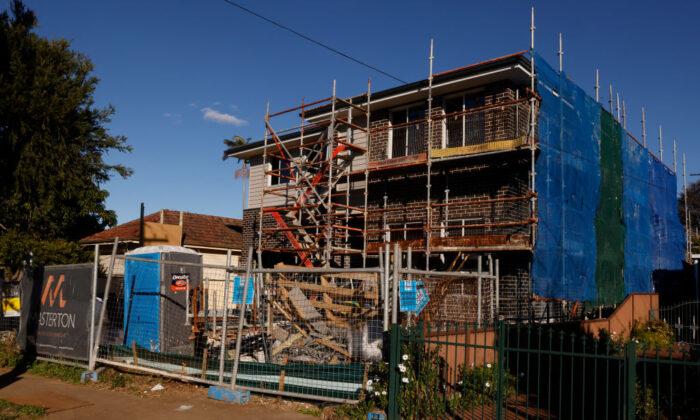Australia is at risk of facing an insufficient electricity supply to provide for people and businesses amid the extension of operating coal-fueled power plants, a think tank says.
Moreover, using gas to generate power as a way to compensate for the shortage, as anticipated, would lead to worsened gas deficiency and an increase in electricity and gas prices.
In a report entitled, “Delaying coal power exits: A risk we can’t afford,” Johanna Bowyer, lead analyst for Australian Electricity at the Institute for Energy Economics and Financial Analysis (IEEFA), said that since 2000, 13 coal-fired power stations connected to the National Electricity Market have closed.
“Their average age on closure was 42 years,” she said.
“By 2030, almost two-thirds of current operating NEM coal capacity will exceed this historical average retirement age. The average availability of the closed coal power stations in the 10 years before they retired was just 66 percent.”
According to Bowyer, the reliability of coal energy plants declines when they get closer to shutdown, with an average of 34 percent of a plant’s capacity unable to produce power.
She also noted that refurbishing old coal plants is not only costly—ranging from $400 million to $1.3 billion—but technically problematic as well.
Several past upgrade projects were left behind, caused by owners choosing economically superior options to secure supply.
Some suffered from delays, budget overruns, and continued low performance after completion.
An example of this is the Muja AB power station, which performed with a low utilisation of 20 percent despite being upgraded.
More Safety Risks
Beyond economic concerns, the report highlights safety risks, mentioning multiple incidents such as fires at various aging coal facilities in recent years, namely Hazelwood, Yallourn, Morwell and Northern, and explosions at Muja AB and Callide C.“These examples serve as a warning that decisions to extend the operation of coal power stations should not be made lightly, and need to be made with a thorough understanding of the safety risks associated with these power plants,” Tristan Edis, report co-author and director of analysis and advisory at Green Energy Markets, said.
Edis also noted that by the 2030s, Australia’s coal-fired power stations will be nearing or exceeding the age at which they have usually been retired in the past.
“Proposals that extend the life of existing coal power plants need to account for the fact that such old plants are likely to be far less reliable than they used to be, but this is often neglected,” Edis said.
“If you were to assume more realistic utilisation in line with what we’ve seen in the past from power stations before they closed, you’d see a substantial shortfall in generation from coal of 9,300 gigawatt hours per year on average over 2034 to 2043. To put this into perspective, this is equivalent to around 2 million typical households without power.”
The IEEFA recommends accelerating the transition to renewable energy and battery storage solutions to ensure a more stable and sustainable power system.






